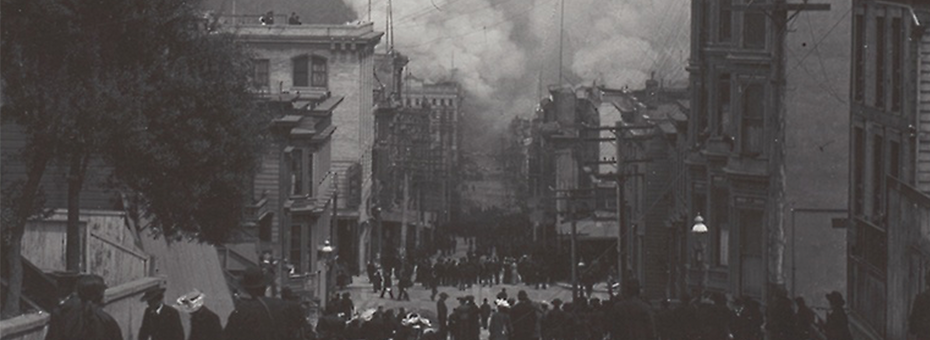“The world you knew is disappearing, and the future hasn’t yet been written.” You can read this in the endless invitations you receive to webinars or the introductions to think-pieces about our dangerous times. And yet such statements are not necessary.
Even before Covid-19, we were overwhelmed with the alarms that our organizations would have to change abruptly—and not only regarding how we did our work, but what work we needed to do. Digitalization, artificial intelligence, machine learning, globalization, industry 4.0, G5, and other new technologies have already upended what was known and comfortable. Beyond that, the new corona virus has created disruptions on public health requirements, social mores, resource availability, market preferences, and political fortunes.
And this turmoil won’t end. Covid-19 is persistent; and other pathogens are just waiting their turns. As for the digitalization concerns, technologists haven’t stopped their inventiveness.
Unfortunately, there are no pat answers about what to do, no off the shelf business and operating models of how to conduct ourselves. The analogies are too sparse and weak.
If we cannot extrapolate from the past to the future, what we can do instead is commit to rapid experimentation and exploration, so that unfamiliar terrain becomes increasingly explored, familiar and master-able.
Just such competency in spinning up new systems was displayed in the Toyota supplier network after a catastrophic fire destroyed a sole source supplier, a safety-critical pressure value for brake lines. Predictions in the press were that Toyota would be crippled for months. In fact, the “crisis” lasted only a few days. Operations were running within three days of the fire, with full production within seven.
Here are several chapters from my book, The High-Velocity Edge, one that reports on that experience, and another on leading an organization that competes on its learning, improvement, and innovation speed. I share them in these difficult times to highlight how Toyota demonstrated fantastic agility and resilience in the past and to point out how its behavior models a responsiveness that all organizations should be working to achieve.
To download this book excerpt please click here.





